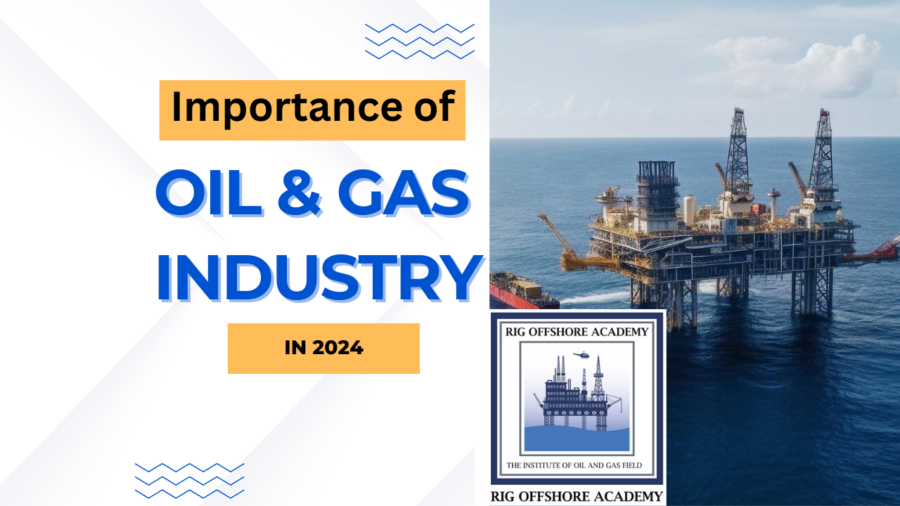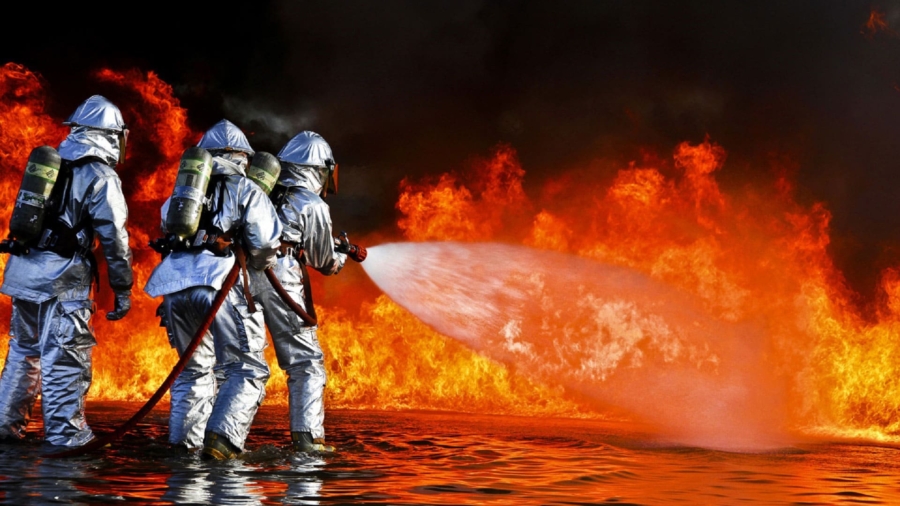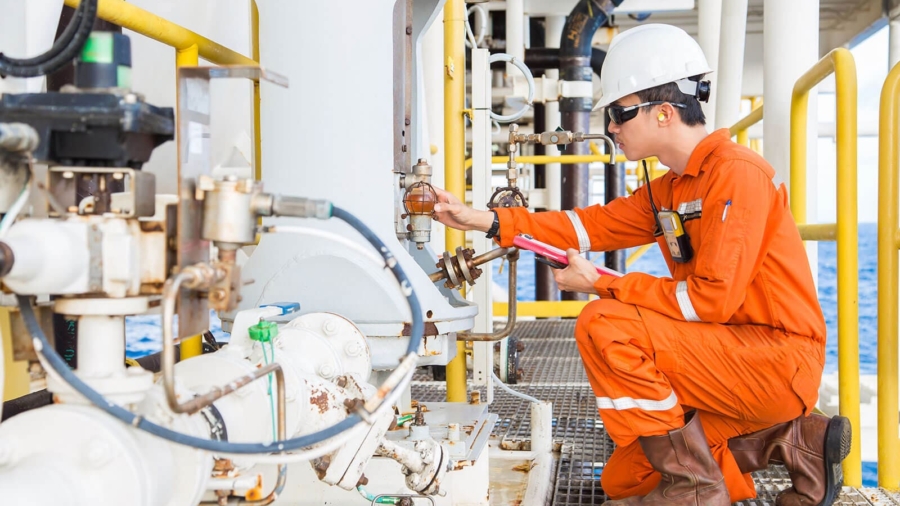
Importance of Oil and Gas Industry in 2024
A question which is very relevant at present is, What is the importance of Oil and Gas Industry in today’s world? Oil and natural gas are the key sectors in the energy industry, and as the world’s principal fuel sources, they have a significant impact on the global economy. The procedures involved in the production and distribution of oil and gas are incredibly complicated, capital-intensive, and involve cutting-edge technology. Oil and gas are also significant in terms of the amount of employment they generate. The oil and gas business employs hundreds of thousands of people and generates billions of dollars.
Given that the oil and gas business is the world’s largest in terms of economic value, it may be referred to as the world’s powerhouse industry. The majority of oil is used for transportation (cars, trucks, and planes), and only a fourth is used for other industrial purposes.
The three main segments of oil and gas
● Upstream
Upstream industries are those engaged in the exploration and production of oil and gas. These are the companies that browse the globe for raw material reserves and then drill to remove that commodity.
The upstream section is distinguished by high risks, expensive investment capital, longer duration due to the time required to discover and dig, and technological precision. The upstream stage entails searching for the major constituents of petroleum and natural gas, the hydrocarbons. Land surveys are carried out to assist in identifying the most potential sites. Before digging, the purpose is to find certain materials underneath in order to estimate the number of oil deposits. Identifying possible oil and gas reserves, carrying out geological investigations, drilling wells, and extracting hydrocarbons from subterranean reservoirs. Exploration and production (E&P) businesses are primarily responsible for upstream operations, which involve investing in exploration and development projects to obtain oil and gas from the earth’s subsurface.
● Midstream
Transportation-related enterprises are classified as midstream. They are in charge of transporting obtained raw resources to refineries where the oil and gas are processed. Midstream firms specialize in transportation, piping, and raw material storage. Companies that also do the same fall in this midstream category. Midstream firms transfer crude oil and natural gas from producing facilities to refineries, processing plants, distribution hubs, and export terminals. They also manage storage and logistical activities to guarantee that hydrocarbons move efficiently and safely across the supply chain.
● Downstream
Refineries are examples of downstream enterprises. These are the firms in charge of eliminating contaminants and transforming oil and gas into goods that the general public may use, such as fuel for vehicles, aviation fuel, cooking gas, and so on. Downstream activities can also play an important role in the medical and agricultural fields. Following the discovery and extraction of crude oil, it is exported and transported. The petroleum is then processed, distributed, and sold. The downstream segment of the oil and gas industry involves refining, processing, and distributing refined petroleum products to end-users. This includes refining crude oil into various products such as gasoline, diesel, jet fuel, heating oil, and petrochemicals
What is oil and gas most used?
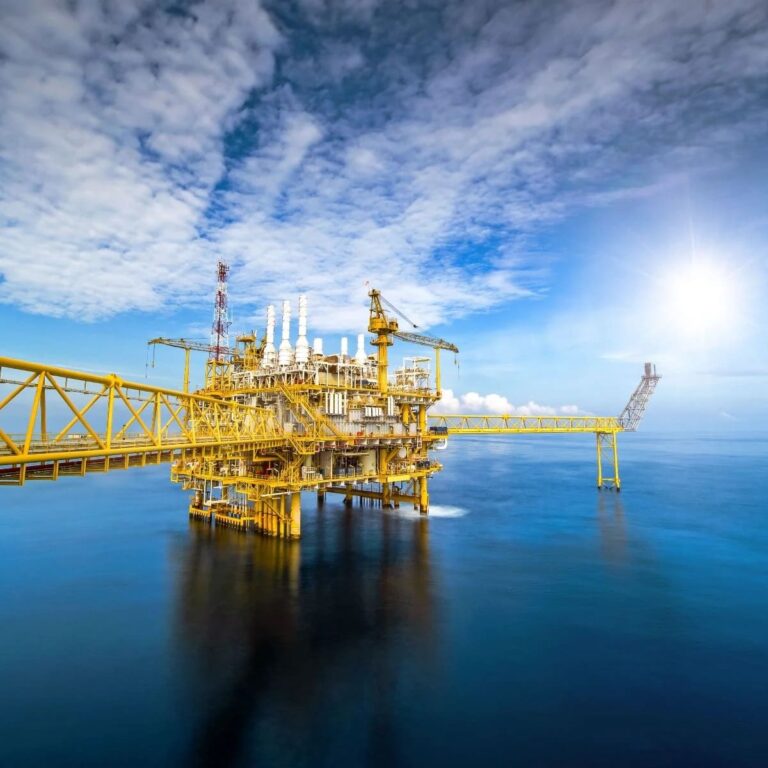
The oil and gas industry‘s most important products are fuel oil and Petrol. Petrol is the principal ingredient in a wide range of chemical products, including medications, pesticides, lubricants, and polymers. As a result, petroleum is essential to numerous businesses and is crucial to many countries as the backbone of their industries. As global economies and transportation continue to rely significantly on crude oil goods, the world’s reliance on the oil and gas sector is growing. The oil and gas business continues to have enormous power in global governments.
Diesel fuel and heating oil are examples of distillate fuel oil. Diesel fuel is often used in diesel engines used in large projects machinery, vehicles, buses, boats, motor cars, and power generators.
Oil and gas products, such as gasoline, diesel, and jet fuel, are required to power vehicles, planes, ships, and other forms of transportation. They provide the energy required for transportation and logistics, such as commuting, shipping goods, and air travel.
Heating and cooling: Oil and gas products, such as heating oil and natural gas, are widely used in residential, commercial, and industrial heating applications. They are also utilized in heating systems for water and space heating, as well as in industrial activities that need extreme temperatures. In addition, natural gas is used in cooling systems like air conditioning and refrigeration.
Oil and gas are critical raw materials for a variety of industrial processes and manufacturing industries. They serve as feedstock for the production of petrochemicals, polymers, fertilizers, medicines, lubricants, and synthetic materials. Oil and gas derivatives are also employed in the refining, metalworking, textile, and other manufacturing industries.
Oil and gas products help generate electricity and power electrical equipment. For example, natural gas is utilized in gas turbines to generate power, but petroleum-based goods are used in batteries, lubricants, and other electronic device and equipment components.
Natural gas is widely used in both residential and commercial kitchens to cook and power domestic appliances including stoves, ovens, water heaters, and clothes dryers. It is a practical and effective source of energy for cooking and heating water.
The Impact on the economy
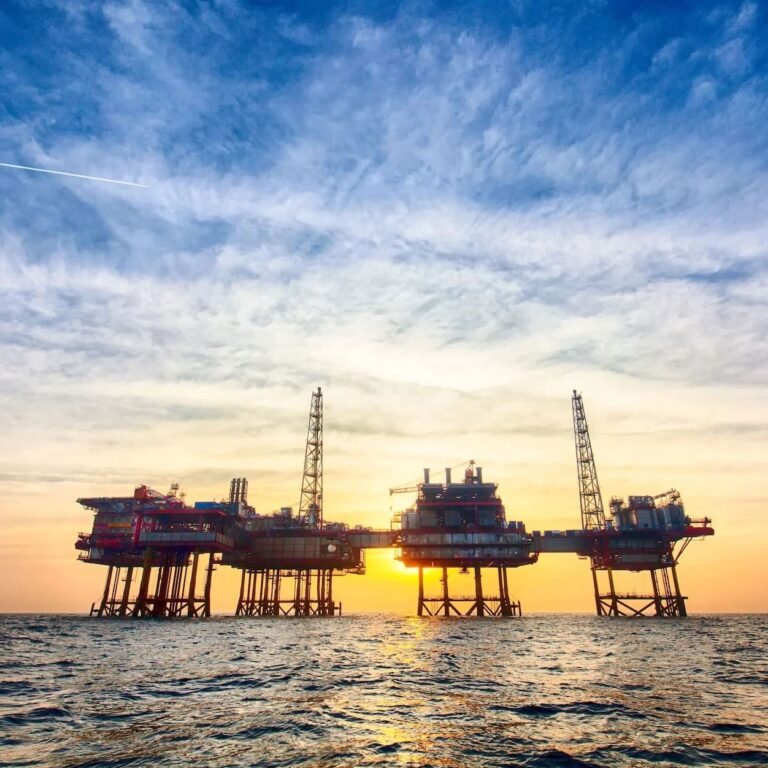
The oil and gas business has an internal and external influence on the global market, with the oil price directly impacting the health of the domestic market as a whole. The world’s most important energy source is oil. India’s industrial customers are expected to contribute to around 39 % of the country’s net demand increase. Sectors like transportation, residential, and energy are also projected to stimulate demand.
Because India imports crude oil, an increase in demand heavier than supply has led oil prices to rise at times, impacting the rise in costs of everyday commodities, which can have an influence on the lives of ordinary people. As a result, we can claim that the oil and gas business has a significant impact on the lives and economies of ordinary Indians.
Oil consumption has been rising, exceeding any increases in extraction and surplus capacity. One major reason is that developing countries have shown rapid growth. These countries have contributed to an increase in global demand for oil.
Numerous industries, including exploration, production, refining, distribution, transportation, and support services, offer job opportunities in the oil and gas sector. Engineers, geologists, technicians, drillers, and refinery workers are among those employed directly in the sector; indirect employment is found in sectors including manufacturing, construction, transportation, and hospitality.
Crude oil, natural gas, and petroleum products are produced, refined, and sold by the oil and gas sector, which brings in a significant amount of money. By means of taxes, royalties, and other fiscal procedures, this revenue is added to the government’s financial resources. Revenues from the oil and gas sector can contribute significantly to government revenue in nations with sizable reserves, which can then be used to fund social welfare initiatives, infrastructure improvements, and public services.
Significant infrastructure investment is needed by the oil and gas sector, including distribution networks, pipelines, storage terminals, refineries, and facilities for production and exploration. This investment propels the economy and fosters expansion in sectors like manufacturing, engineering, and construction. Developing the infrastructure related to the oil and gas sector can help improve access and communication to isolated or undeveloped areas.
Exports of oil and gas provide revenue for the exporting nations in foreign exchange while also boosting global commerce and the balance of payments. Economies in nations with large deposits of gas and oil frequently depend on exports to fund economic growth. Exports of gas and oil can also have an impact on trade balances, exchange rates, and the competitiveness of the global economy as a whole.
Countries with substantial amounts of oil and gas may occasionally become economically reliant on these resources—a condition referred to as the “resource curse.” Nonetheless, cautious handling of oil and gas earnings can boost attempts at economic diversification by enabling capital to be invested in other industries including manufacturing, services, technology, and agriculture. Long-term economic resilience and sustainability are improved through economic diversification, which also helps lessen dependency on oil and gas earnings.
Oil and gas price fluctuations can have a significant impact on both the global and individual economies. Sharp drops in oil prices, for example, can diminish revenues in oil-exporting countries, resulting in budget deficits, currency depreciation, and economic instability. In contrast, continued high oil prices can raise production costs and create inflationary pressures, affecting consumer spending and economic growth in oil-importing countries.
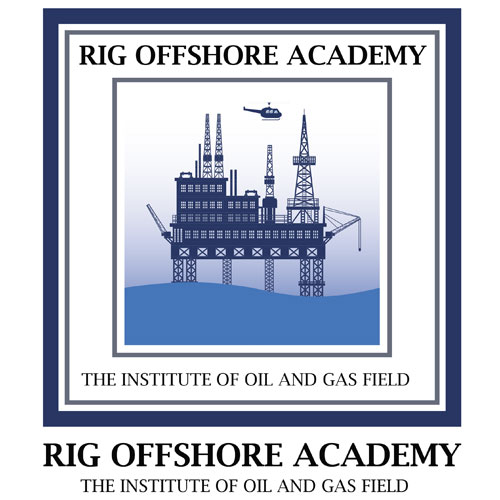
Learn PG Diploma in Oil & Gas
Through the Oil and Gas Course from RIG OFFSHORE ACADEMY, even people with a +2 degree or undergraduate status can obtain employment in this industry. 100% Placement guarantee
Future of oil and gas
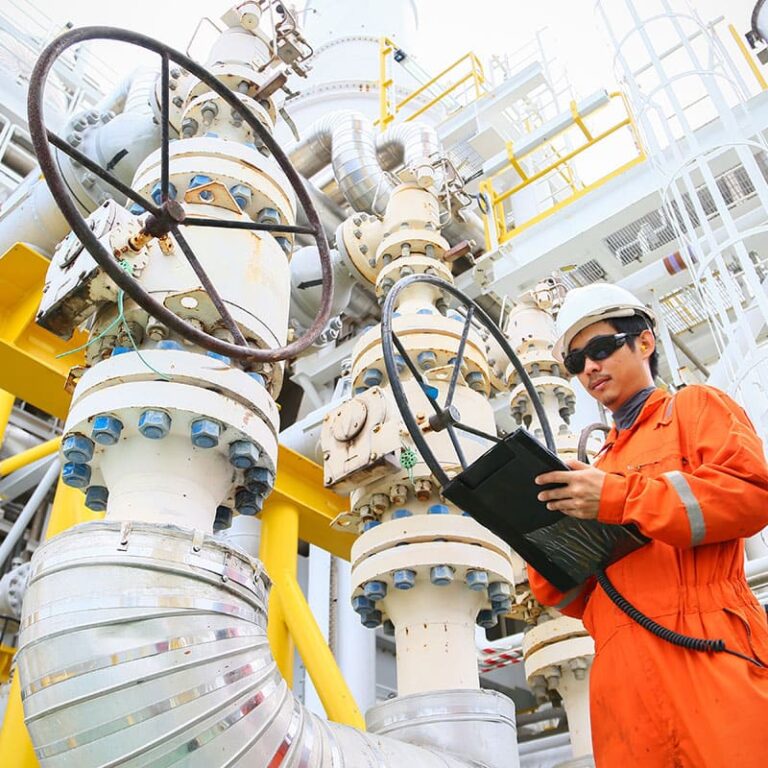
My prediction, oil consumption drop by 70% to 35 million b/d by 2050, as electric vehicles and hydrogen, undermine road transportation, and recycling restricts plastics feedstock market growth. But even with all the predictions, we can say that the oil and gas industry still holds its own position in the global market scene
Oil and gas businesses are reacting by rethinking where and how they conduct business, as well as facing a rethinking of business models in a decarbonizing future. When it comes to interacting in decarbonization activities in ways that allow them to participate in the decarbonizing economy, these enterprises have a variety of instruments at their disposal.
The lubricate and vapour trade has ascended significantly in the current age. It will increase from $7188.25 billion in 2023 to $7625.82 billion in 2024, accompanying a compound annual development rate (CAGR) of 6.1%. The archival growth can be from raised unrefined petroleum and oil manufacturing, the tumour of the petrochemical sector, the invention of markets in cultivating countries with their own governments, and an increase in giving for lubricate and smoke exploration.
There is growing pressure to reduce greenhouse gas emissions and battle climate change, resulting in a shift toward cleaner energy sources like renewables and natural gas. This transformation is driving up investment in renewable energy technology, energy efficiency measures, and low-carbon alternatives to traditional fossil fuels. As a result, demand for oil and gas may plateau or drop in the long run, particularly in sectors like as transportation and power generation.
Technological breakthroughs are transforming the oil and gas business, allowing corporations to tap new resources, increase efficiency, and cut costs. Hydraulic fracturing (fracking), horizontal drilling, and advanced reservoir imaging techniques have opened up previously inaccessible oil and gas reserves, changing global energy markets. Additionally, digital technologies, automation, and data analytics improve operational efficiency and safety in oil and gas exploration, production, and distribution.
Governments and regulatory organizations are enacting policies and rules to speed up the transition to a low-carbon economy and reduce reliance on fossil fuels. These policies include carbon pricing, emissions regulations, renewable energy targets, and clean energy investment incentives. Such regulations can have an impact on the oil and gas industry’s competitiveness, causing changes in investment patterns, asset valuations, and market dynamics.
Oil and gas corporations are diversifying their portfolios and investing in new businesses to react to shifting market conditions and reduce risk. This could include expanding into renewable energy projects, investing in carbon capture and storage (CCS) technologies, or diversifying into petrochemicals, refining, and downstream operations. Businesses want to improve their resilience and long-term survival in a fast changing energy sector by diversifying their revenue streams and embracing innovation.
Geopolitical tensions, trade disputes, and geopolitical developments can all have an impact on global oil and gas markets. Political instability in major oil-producing regions, changes in energy policy, and geopolitical conflicts can all disrupt supply chains, influence investment decisions, and impact energy prices. Furthermore, geopolitical factors influence energy security plans, energy diplomacy, and international collaboration in fields such as energy trade, infrastructure development, and climate mitigation measures.
Stakeholders are increasingly holding oil and gas firms responsible for their environmental and social consequences, such as carbon emissions, pollution, and community relations. Companies under pressure to embrace sustainable practices, lower their carbon footprint, and improve transparency and accountability in their operations. This means incorporating environmental, social, and governance (ESG) factors into business strategy, risk management frameworks, and stakeholder engagement methods.

